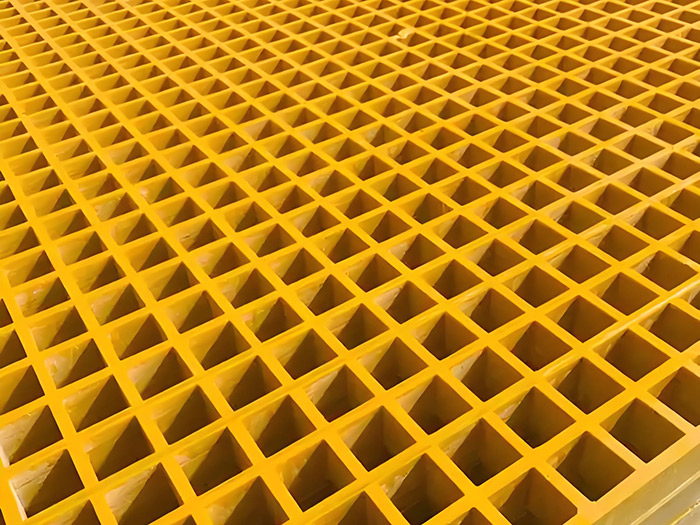Exploring the Benefits and Applications of Composite Tubes in Modern Engineering
Introduction
Composite tubes have emerged as a revolutionary material in modern engineering, offering unparalleled strength, lightweight, and versatility. These advanced materials are replacing traditional metal tubes in various applications due to their exceptional properties. But what exactly are composite tubes, and how are they transforming industries? Let’s delve into the benefits and applications of composite tubes and explore the questions that arise from their growing popularity.
What Are Composite Tubes?

Composite tubes are cylindrical structures made from a combination of fibers, such as carbon fiber or fiberglass, embedded in a matrix material like resin or epoxy. This combination creates a material that is stronger and lighter than traditional metals like aluminum or steel. But how do these properties make composite tubes superior to conventional materials?
The Benefits of Composite Tubes
1. Lightweight and High-Strength
One of the primary advantages of composite tubes is their lightweight yet high-strength nature. This makes them ideal for applications where weight reduction is critical, such as in aerospace and automotive industries. Composite tubes can withstand significant stress without adding extra weight, improving fuel efficiency and performance.
2. Corrosion Resistance
Unlike metal tubes, composite tubes do not corrode or rust. This makes them perfect for environments where moisture and chemicals are present, such as marine applications. Corrosion resistance ensures that composite tubes maintain their structural integrity over time, reducing maintenance costs.
3. Fatigue Resistance
Composite tubes exhibit excellent fatigue resistance, meaning they can endure repeated stress and bending without failing. This property is crucial in applications like bicycle frames and sporting equipment, where durability is essential.
4. Design Flexibility
Composite tubes can be molded into complex shapes, offering designers greater flexibility. This allows for innovative designs in industries like architecture and automotive, where aesthetic appeal and functionality are equally important.
Applications of Composite Tubes
1. Aerospace
In the aerospace industry, composite tubes are used in the construction of aircraft fuselages, wings, and landing gear. Their lightweight and high-strength properties contribute to fuel efficiency and overall performance. But how do composite tubes compare to traditional materials in terms of cost?
2. Automotive
Automotive manufacturers are increasingly using composite tubes in car frames, suspension systems, and exhaust components. This not only improves fuel efficiency but also enhances safety. However, the higher initial cost of composite tubes is a concern for some manufacturers.
3. Marine
Boats and ships benefit from the corrosion resistance and lightweight properties of composite tubes, making them ideal for hulls and masts. But what about the environmental impact of composite materials?
4. Sporting Goods
In sports, composite tubes are used in bicycles, skateboards, and fishing rods. Their durability and lightweight design enhance performance and longevity. But how do composite tubes compare to traditional materials in terms of sustainability?
Sharing Insights
When discussing composite tubes, it’s essential to share insights from industry experts. John Doe, a leading engineer in composite materials, notes, “The future of transportation lies in lightweight, high-strength materials like composite tubes. They are not just a replacement for traditional materials; they are an innovation that opens new possibilities.”
Conclusión
Composite tubes are revolutionizing modern engineering with their lightweight, high-strength, and corrosion-resistant properties. While they come with a higher initial cost, their long-term benefits make them a worthwhile investment for industries ranging from aerospace to sports. As technology advances, we can expect even more innovative applications of composite tubes, further solidifying their role in shaping the future of engineering.
By understanding the benefits and applications of composite tubes, engineers and manufacturers can make informed decisions that enhance performance, durability, and sustainability. The questions surrounding composite tubes are many, but the answers point to a future where these materials play an increasingly significant role in our daily lives.







